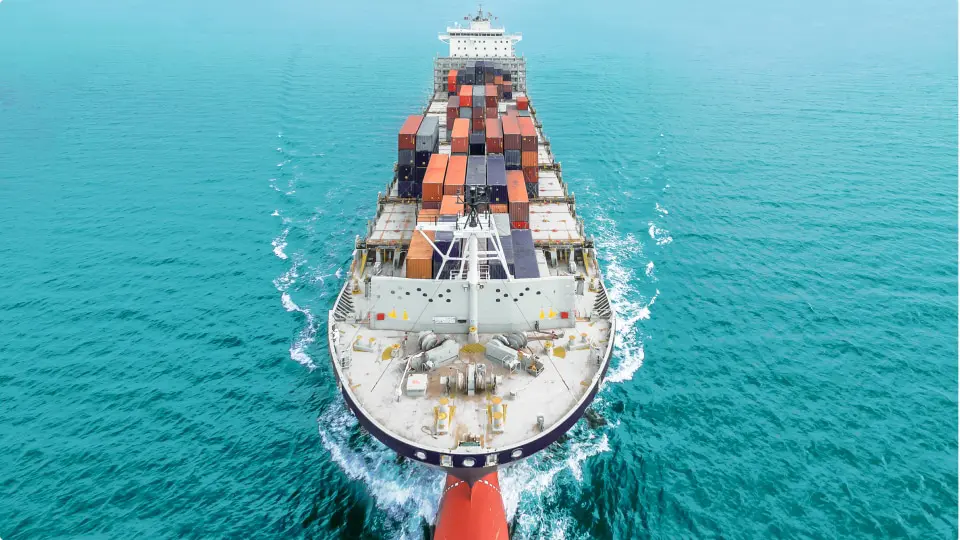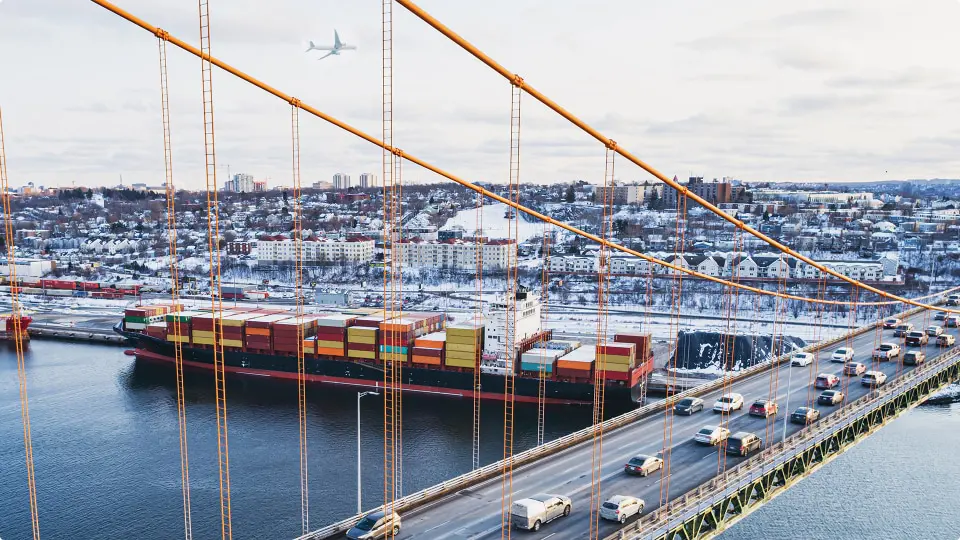Maximize Your Supply Chain
Ship on the UPS Forwarding Hub
Get and compare quotes, book shipments, and track them end-to-end on one modern, easy-to-navigate dashboard.
Start ShippingOpen the link in a new windowFreight Shipping Guide
Our freight shipping guide breaks down the different modes of freight transportation, the benefits of each mode and answers some of the most frequently asked questions.
Read the GuideFind Logistics Solutions
From warehousing and distribution to expediting critical service parts, we keep supply chains moving.
Explore Our SolutionsEuropean Trade Routes
Is your business expanding across the Atlantic? Here are the basics to know if you are trying to ship goods from Europe to the United States.
Explore the Trade RouteWhat is Nearshoring: A Guide to Shifting Trade Lanes
Get answers to your top questions and learn about the benefits and considerations to determine if nearshoring is a good solution for your company.
Read the GuideFreight Shipping Services

Air Freight
If you’re shipping air freight, it’s critical. Our International Air Freight services offers day-specific, door-to-door service to 220+ countries.
Go to Air Freight
Ocean Freight
Every day we move ocean freight across 2,300+ lanes. So, if you’re nervous about going ocean, we've got it handled for you.
Go to Ocean Freight
Multimodal Freight
Moving freight can be complex, a multimodal shipping option is less expensive than air freight, yet faster than ocean and an overall great solution.
Go to Multimodal Freight
Freight Consolidation
Cut customs clearance time by consolidating individual shipments to the same destination country into just one shipment. We’ll handle everything from pickup to delivery.
Go to ConsolidationFreight Value-Added Services
Sure, we'll move your freight from here to there. We also offer a suite of support services that have helped companies cross new borders for 100+ years.
Customs Brokerage
We’ve been in transportation and logistics for more than 100 years, so we’re used to being on the front lines of customs brokerage.
Go to Customs BrokerageFlex® Global View
Keeping track of all the vendors, POs and shipments constantly moving through your supply chain takes smart, easy-to-use technology.
Go to Flex Global ViewOpen the link in a new windowWarehousing
Are you and your staff wearing more hats than you can count? Explore our flexible, scalable warehouse management solutions that help you get back to doing what you do best.
Go to WarehousingInventory Management
If your current inventory management system consists of rows of SKUs and a team of people scurrying around to locate them, we should talk. We can help you simplify order, fulfillment and inventory flow.
Go to WarehousingDistribution
If your small business has transformed into a fast-growing company, our distribution solutions can offer relief to those growing pains.
Go to DistributionSupplier Management
When your job is complex, managing 26 vendors across five countries and nine time zones, we’re here to help you manage it all.
Go to Supplier ManagementWe’re More Than Just a Freight Forwarder
We’re here to be your supply chain wingman end-to-end. Compare logistics solutions to help your business flow seamlessly, find the answers to your freight questions in our educational hub or check out our shipping tools to streamline your next shipment.
Logistics Solutions
Check out our solutions that have helped companies of all sizes grow and prosper.
Go to SolutionsShipping Basics
Check out our Shipping Glossary, Market Updates, Shipping Guides and more.
Go to ResourcesShipping Tools & Resources
Find all your shipping tools and any other resources you may need.
Go to ToolsFreight 101 FAQs
New to freight forwarding or global logistics? Here's what people often ask.
Freight Pickup FAQs
Typical questions asked about the pickup of freight.





